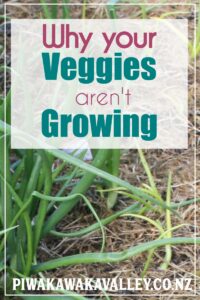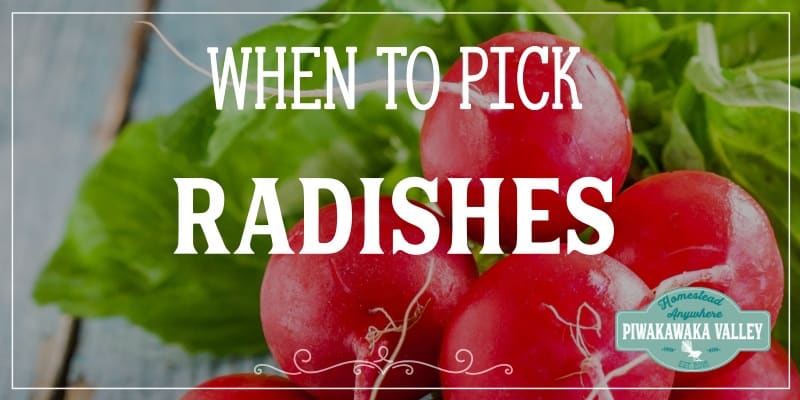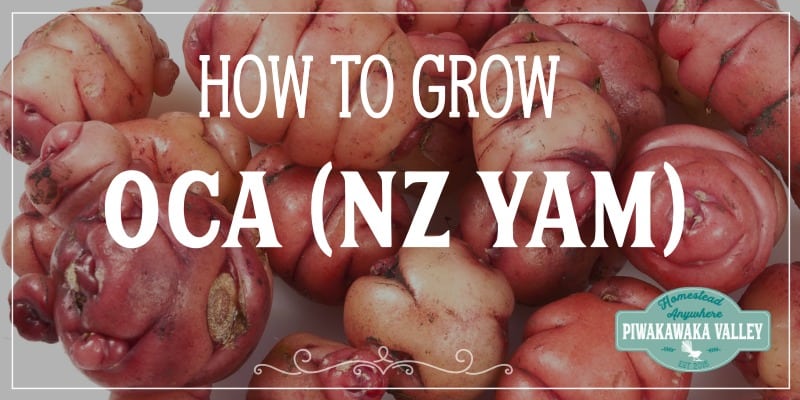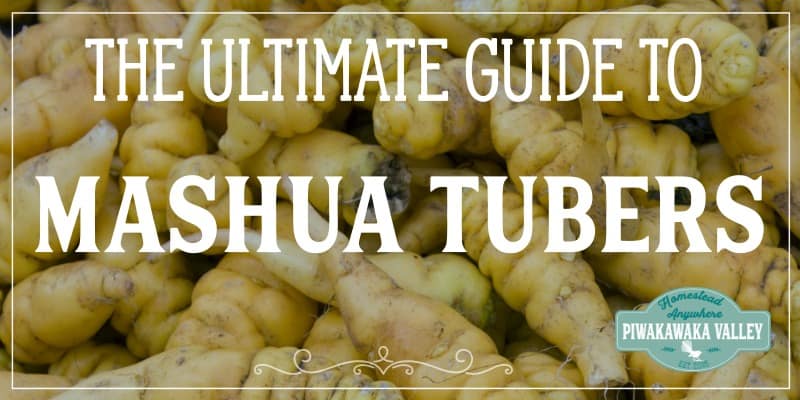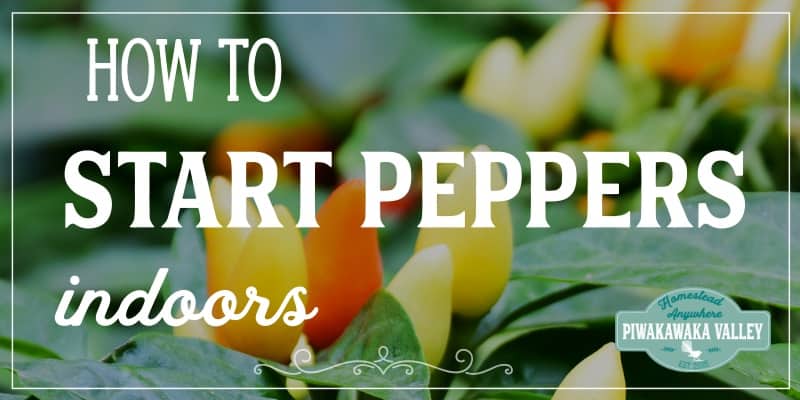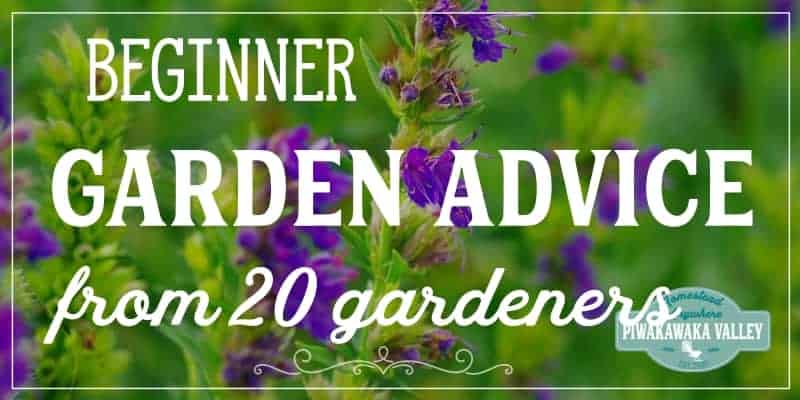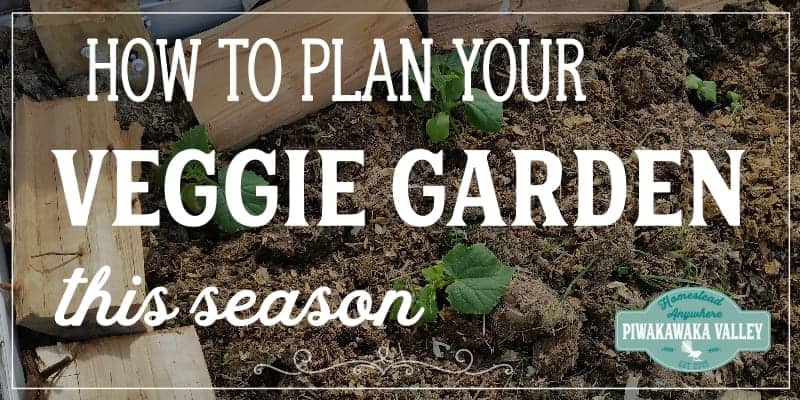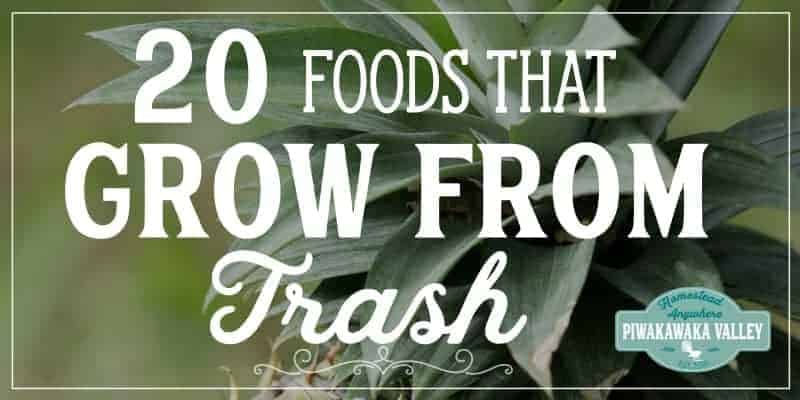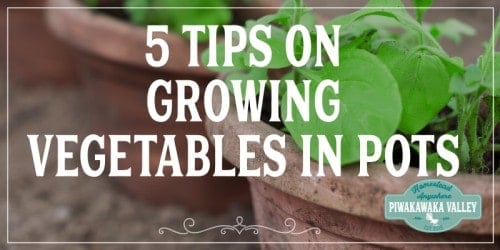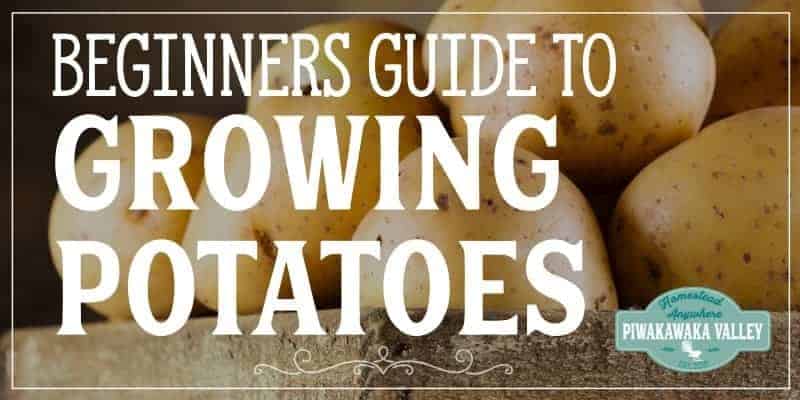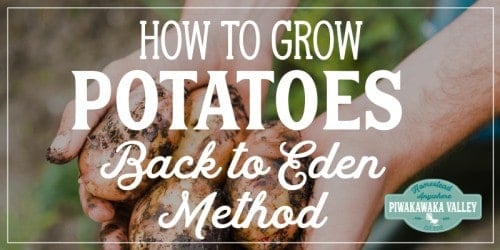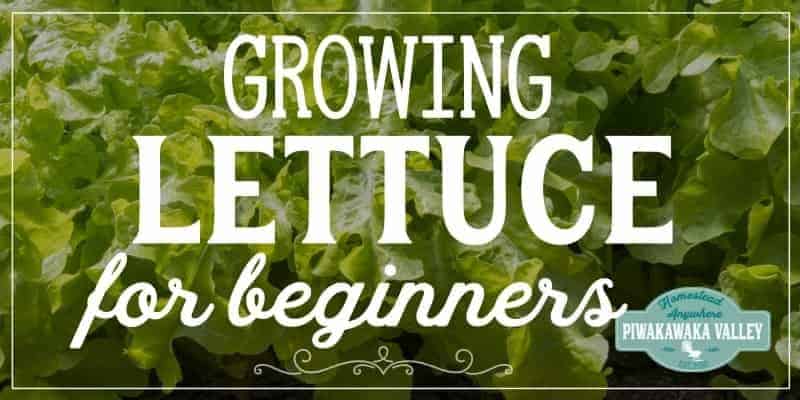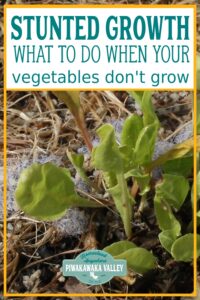This post was most recently updated on June 20th, 2022
Nitrogen deficiency in bought manure based ? Is that even possible? If so, what can I do to improve poor nitrogen levels in the ?
Please read: This information is provided for educational purposes only and is not intended to treat, diagnose or prevent any disease. We encourage you to make your own health care decisions in partnership with a qualified health care professional.
This post contains affiliate links, this means at no extra cost to you, we make a commission from sales. Please read our Disclosure Statement
Last Winter I thought I was a genius. A very fat, heavily pregnant genius. Sick of my failing to grow and being overtaken by weeds in my , I decided to install raised bed and fill them with some commercial . This must be 101 level eh? Well it isn’t actually the fix-everything solution that I thought it would be.
Now that Spring (and the baby) has arrived I have one big question – Why aren’t my growing??
Why are my plants in raised beds not growing?
Raised beds are touted as the premium option for the backyard grower, and with good reason ( find out the importance of raised beds here ). One of the main benefits is that you can fill the bed with better .
I would have thought that in a whole bed filled with , that was allowed to sit and rot down over Winter that my plants would be flourishing. But NO. It turns out that commercial does not always have everything that a needs to grow well!
My vegetables are growing very slowly
Because I am a busy mum with 4 kiddies and I homeschool, my has been a little, let’s say ‘unwatched’ this year.
I have just managed to spend some time in the this weekend and found basically no growth on the transplants that I planted a whole month ago – I checked the dates in my journal , it is a life saver!
Transplant shock in seedlings
Transplant shock can be one reason that the vegetables are growing very slowly, but I think there is something deeper going on here. I would have expected transplant shock to last no more than two weeks, then to see the plants start growing. But these plants have zero new growth on them after a whole month.
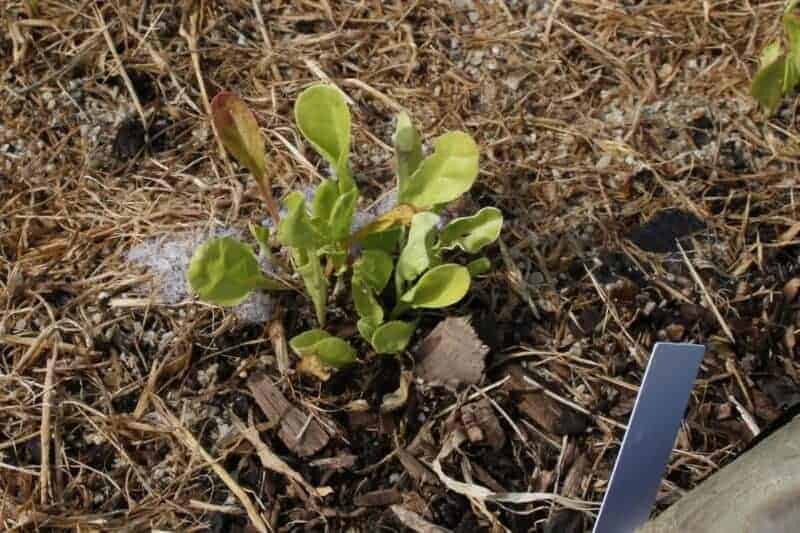
Why is nothing growing in my soil?
I would have thought that with a garden bed FULL of commercially made cow poop and sawdust compost, that my plants would be thriving!
If nothing is growing in your soil, you need to be observant and see what else is going on in the garden, and around it.
What I have also found very interesting is that the beans and peas that supply their own nitrogen are growing wonderfully. As are a few odd clumps of plants randomly placed in the raised garden beds.
RELATED: organic amendments for soil
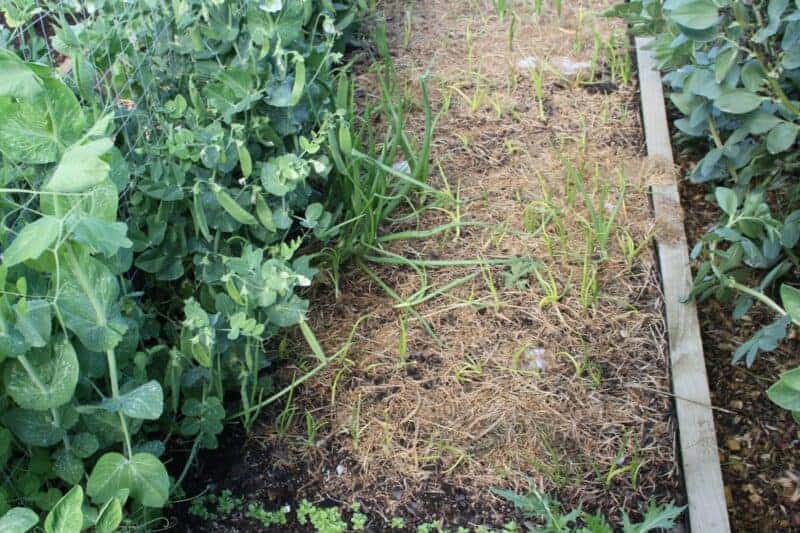
These spots that are growing well just so happen to be the exact places we buried our old laying chickens before putting the compost in to the garden beds.
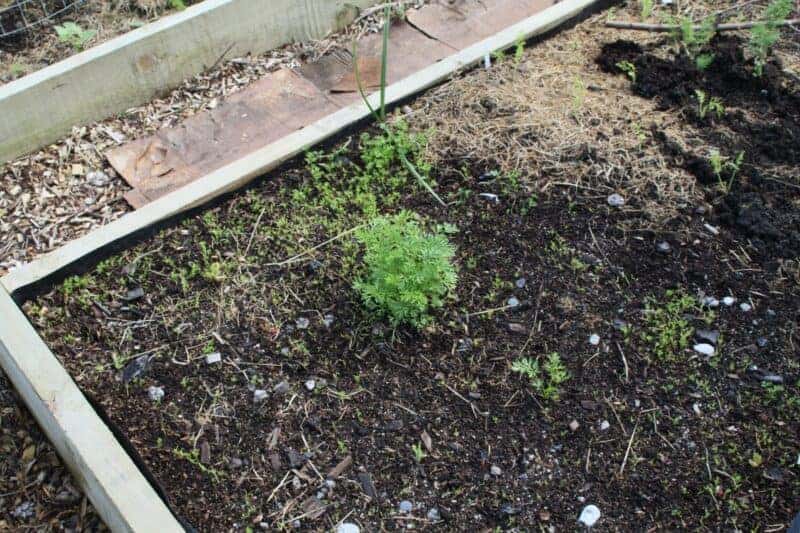
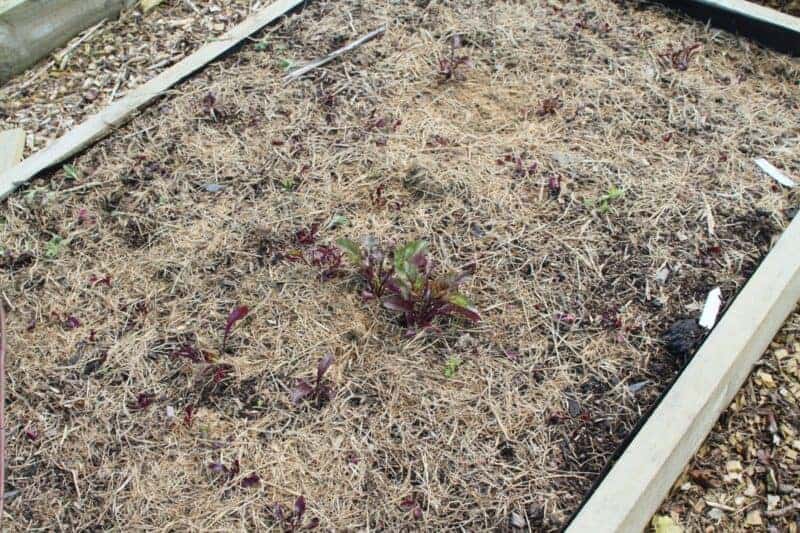
If nothing is growing in your soil, it does pay to do a soil test to check for low or high levels of micronutrients as well as toxic substances like lead. Low nitrogen is one common cause for poor plant growth in gardens. Poor drainage, dead soil life and dry soil are other causes.
RELATED: 10 uses for orange peel in the garden
RELATED: 20 fastest growing vegetables.
10 Causes for bad and poor
Low nitrogen
This is the most common cause of no or low growth in . Plants show yellowing of the older leaves, and it starts from the tip of the and works back. Brassicas like cabbage may also turn a little purple.
High nitrogen
If your nitrogen levels are too high with fruiting plants you will get lots of lush green leaves and nothing much else. If the levels are very very high it can cause root burn which can kill your so be careful to avoid too much or fresh manure.
Low phosphorus
Low phosphorus in plants is shown by the leaves and stem going purple and eventually dying off. The phosphorus is probably there but the is too cold for the plants to access it. Add some mulch to warm up the and you will probably be right.
Too much water
Very few plants like to be waterlogged. Unless you are growing rice paddies, it is best to make sure your puddles drain away quickly after rain to avoid vegetables having wet feet. This is especially true with and pepper plants.
Too little water
Plants, especially when young, will be severely stunted or fail to grow entirely if they are starved of water. Most vegetables will need about an inch of water per week. Young plants need this spread out so they are watered at least every other day until they have established enough root system to find their own water. An even throughout the week is ideal, especially early in the when the plants are small.
Weed pressure
Too many weeds will choke out your young plants. Some weeds can be indicators of poor growing conditions – mossy is acidic, buttercups grow in wet , dandelions indicate poor that is low in calcium, but high in potassium and crabgrass grows in very rubbish . More here
If your patch is looking more like a weed patch it might be time to do some serious weeding and mulching and build that so the weeds are less encouraged to grow there.
RELATED: Mulching – the magic weed cure
Fungal infections/Club root
If your brassicas are all going limp and dying off, you might have club root. Other fungal issues include mildew, rot and rust. Beneficial fungi in the help your plants grow, but these bad fungi will stop your plants from growing well.
Low humus
Humus is the in the . Without it plants and microorganisms cannot survive. The best way of building your up is by adding and manures to improve your levels of humus.
High acidity
Very few plants like high acidity environments, unless you are growing blueberries, azaleas or rhododendrons, you will want your to be between pH 6.5 and 7. Gypsum and lime with lower acidity.
Low acidity
Chalky soils tend to have a highly alkaline pH and plants will generally not do well in these soils either. Improve their pH by adding . Peat is particularly good at acidifying low acidity soils.
Read here on how to turn bad dirt into good .
A nitrogen deficiency
So by a process of sleuthing, I have decided that my commercial has caused a nitrogen deficiency in my .
Signs of low nitrogen in a : Chlorosis
The visual symptoms of nitrogen deficiency mean that it can be relatively easy to detect in some species. Symptoms include poor , and leaves that are pale green or yellow because they are unable to make sufficient chlorophyll. Leaves in this state are said to be chlorotic.
Chlorosis provides one of the first signs of a nitrogen deficiency your . The foliage/leaves begins to change color, usually first from deep green to a paler of green, or it develops a blue/purple in some plants. As the deficiency continues and the chlorosis intensifies, the leaves begin to turn yellow and they will wither and die.
Leafy vegetables are worst affected by low nitrogen in the . Vegetables that form relationships with mycorrhizal fungi like peas, beans and other legumes are less likely to be affected.
RELATED: Why to my tomatoes have curly leaves and stunted growth
Wood based causing light leaves
It is well known amongst the Back to Eden growing community that wood mulch when it is broken down it adds nitrogen and to the , but you have to be careful not to mix the wood mulch in to the as it robs the of nitrogen as it breaks down when it is mixed in.
This is also why you make sure to right down in to the , not in the wood mulch, so the plants can access the .
While that contains woody materials are breaking down, you will need to add additional nitrogen to your .
Is commercial low nitrogen?
Most commercial mixtures are wood based. This is because it is a scrap product for many industries and it breaks down to make amazing .
The issue is that commercial and usually are not broken down enough when you buy them. They will often add some synthetic, short term fertilizers that should get your plants through until the wood is broken down enough, however this is not always the case. If your or has been sitting for a while this synthetic can get depleted
My plants poor growth, and light leaves are being caused by the sawdust and cow manure that I filled the raised beds with not being broken down enough to be releasing the nitrogen and other to my plants yet. So in years to come, my gardens will thrive, but this season, I am going to have to add more nitrogen to the to keep it breaking down and feeding my plants.
How do I add nitrogen to my ?
If your plants are already showing signs of nitrogen depletion, a foliar spray is the best way to increase it immediately. It will not cure the already affected leaves, but it will allow new, green growth to come more quickly.
A foliar spray once a week as well as some of the slower method below will fix the short and long term issue of low nitrogen in the .
1. Composted manure
Adding more composted manure to the will improve the nitrogen levels, avoid adding more woody material as they will deplete it further.
2. Chicken poop
Chicken and other poultry manure is particularly high in nitrogen, it should be composted before use. See here on using chicken manure in the .
3. Soybean or cottonseed meal
If you can get spent meal, most seeds are high in nitrogen, you can add them to your or add them as a mulch to your .
4. a green manure
If you have time a green manure and digging it in will increase the nitrogen levels in the . Adding lawn clippings can help as well.
5. nitrogen fixing plants
If you can, use some methods and add some legumes to your gardens like peas or beans
6. Adding coffee grounds to the
While coffee grounds look brown, they are actually very high in nitrogen and are considered a ‘green’ when building a pile.
7. Adding liquid fish emulsion
Liquid fish emulsion is probably one of the best ways of naturally adding nitrogen to your plants and . You can get it here. If you have a fish tank, when you clean them out, that water is also high in nitrogen.
8. Adding blood and bone
Blood is naturally high in nitrogen. Blood and bone meal is a great natural way to add nitrogen and other micronutrients to your . You can get it dry or as a liquid.
9. Seaweed tonic
Kelp as a liquid can be use used as a general foliar tonic, or used to increase nitrogen and other in the . You can also get it in powered form to add to the soils to slow release. Grab it here or here
10. Urea/urine
Fresh urine is high in nitrogen, moderate in phosphorus and low in potassium and can act as an excellent high-nitrogen liquid or as a accelerator. Dilute it 1 part urine to 4 parts water and spray it on your plants. Or pee directly on the heap!
If your plants are showing yellowing leaves or slow growth is probably you have a nitrogen deficiency. Use some of the above methods to improve your nitrogen levels and see your plants flourish.
types and low nitrogen
Different types of will have different issues, but the solution for both is the same.
and low nitrogen
drains extremely well, too well. Any added to simply wash away quickly with rain.
To improve the nitrogen levels in you need to increase the organic content by adding and humus. Adding a mulch layer can help too. Sandy soils in warm areas may find that doesn’t stick around for long as it breaks down faster with the heat and extra airflow that sand allows. In this case adding well charged biochar can be very beneficial.
and low nitrogen
Clay soils are full of minerals, but usually low in nitrogen as nitrogen is a byproduct of decomposing organic material. Also, to be in a form that is readily available to plants, you need both and microorganisms to break it down and convert it. Clay soils do not have enough air in them to allow these to live in it. To add life to clay you need to add layers of organic material to the top, and you might find benefit in using a broad fork to poke air pockets down into the clay subsoil.
If you are struggling with low or no growth in your plants, these tips will help you get to the bottom of it!
If you are new to gardening you should check out our beginner gardening books Find out more here.
For further reading, I really recommend all of these books. I own every one of them and they are amazing resources!
